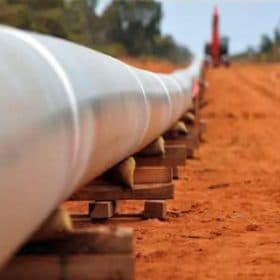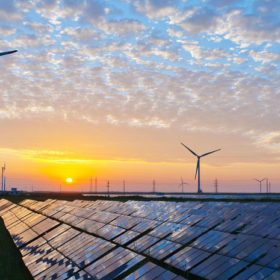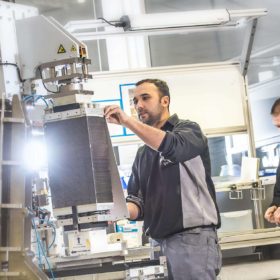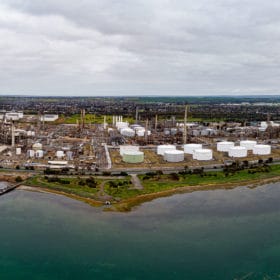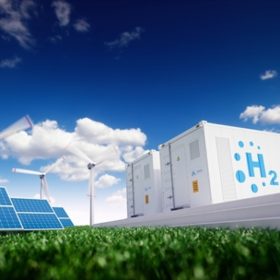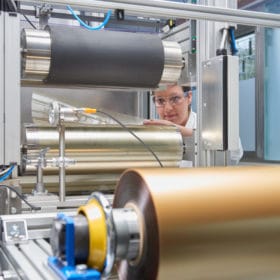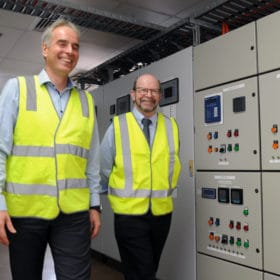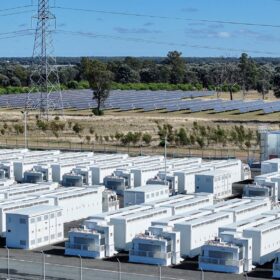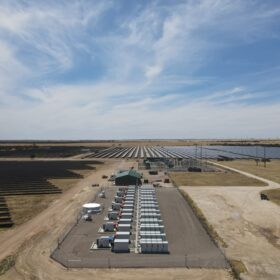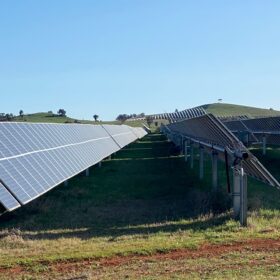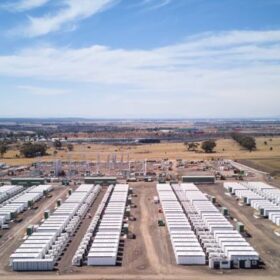Victoria devotes $10 million more to hydrogen, and joins the dots of a green hydrogen economy
In the race to develop hydrogen projects, pilots and potential, Victoria has stated its advantages and desired outcomes. The Australian Hydrogen Council commends the state’s just-published Renewable Hydrogen Development Plan as “comprehensive”.
The weekend read: The race for green hydrogen
Large swaths of low-cost land: check. Lots of sun and wind: check. The ability to transport green hydrogen cost-effectively to energy importing economies: check. Then you’re in the race to become one of the “renewable energy superpowers” of the low-carbon economy. A growing number of countries are assessing their renewable resources and natural attributes and positioning themselves to become green hydrogen exporters. However, not all are created equal.
Blueprint for Australia’s first green Hydrogen project hit ASX to colossal fanfare
Little more than a seed of an idea and the registration of Zero Carbon Hydrogen as a trademark has proven enough to send West Australian company Province Resources status, and share prices, through the roof.
1 GW hybrid solar and wind farm to drive WA hydrogen plan
Western Australian-based gold and nickel exploration company Province Resources has announced its intention to enter the renewable energy sector, floating plans to develop a 1 GW wind and solar PV green hydrogen production facility in the state’s north west.
Australian-first hydrogen energy facility for Springfield City
Sydney-based domestic hydrogen electrolyser and storage system manufacturer LAVO has revealed it has signed a memorandum of understanding (MoU) to establish Australia’ s first hydrogen fuel cell production line in Springfield City, a private-sector CBD development in Queensland.
Viva Energy and Hyzon team up for hydrogen transport solution
Geelong oil refinery owner Viva Energy remains on track to become a producer of green hydrogen using solar energy after signing a landmark deal with US-headquartered hydrogen vehicle company Hyzon Motors to work together to provide zero-emission vehicles coupled with hydrogen refuelling solutions in Australia.
UNSW researchers to develop roadmap for using excess renewables to power industry
The University of New South Wales along with several other universities and the CSIRO are embarking on a feasibility study into how New South Wales can utilise excess renewable energy to make fuel, chemicals and feedstocks for industry. The aim is to develop a plan for how fuels and chemicals such as green hydrogen and ammonia produced from renewables can decarbonise industry and grow manufacturing.
Pure Hydrogen signs deal to develop large-scale facility
Oil and gas exploration and development company Real Energy continues to pursue its hydrogen ambitions, entering into a key partnership with Port Anthony Renewables to build and develop a large-scale hydrogen production facility in eastern Victoria.
Renewable hydrogen projects planned for Victoria, WA
Australian Gas Networks (AGN) has revealed detailed plans to introduce renewable hydrogen into the existing natural gas networks in both Victoria and Western Australia after the first production of green hydrogen at its $11.4 million Hydrogen Park South Australia.
Donated Hitachi ABB microgrid simulator to grow renewable-energy capabilities in the NT
Like a flight simulator for power system designers, the Hitachi ABB facility is now in the hands of the Northern Territory’s Charles Darwin University where it will help build knowledge and capability on the Territory’s road to 50% renewable electricity by 2030.
